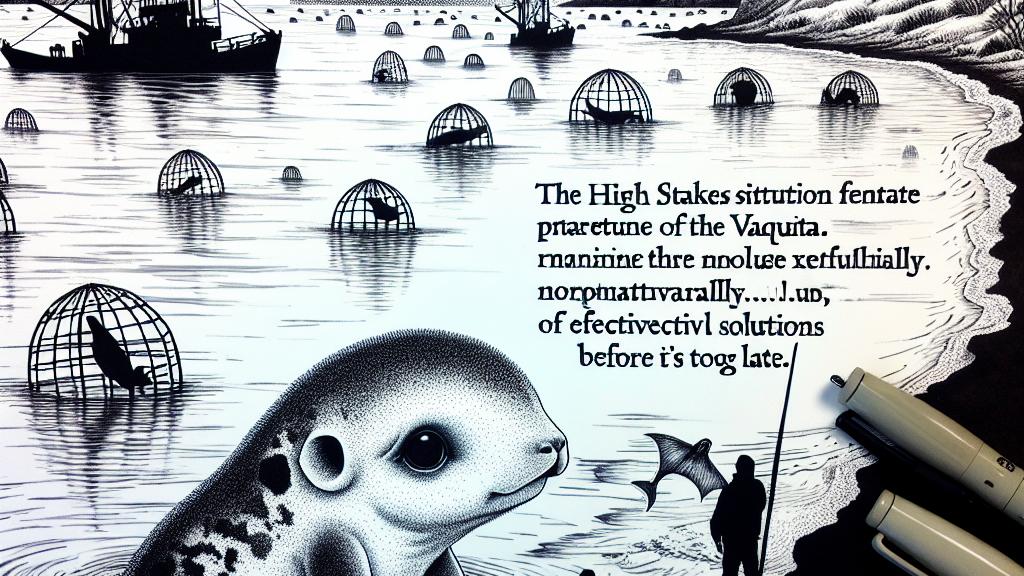Saving the Vaquita: How 3D Imaging is Helping Endangered Species
Overview
- With fewer than 10 vaquitas remaining, urgent action is required to prevent extinction.
- Innovative 3D imaging technologies are paving the way for essential conservation efforts.
- Collaborative initiatives demonstrate that teamwork is crucial for safeguarding endangered species.

The Heartbreaking Status of the Vaquita
The vaquita, the smallest and most endangered marine mammal in the world, is facing a crisis like no other. These remarkable creatures, found exclusively in the northern Gulf of California, have seen their population drop from approximately 600 in 1997 to fewer than 10 today. Yes, you heard that right—less than ten! The primary threat to the vaquita's survival comes from illegal gillnets intended for totoaba, another endangered species. These nets, which are intended to trap totoaba for their valuable swim bladders, unwittingly ensnare vaquitas, leading to their tragic demise. Despite countless efforts to save them, including banning the gillnets, illegal fishing continues due to high demand from markets, particularly in China. It’s a truly dire situation that highlights the urgent need for effective solutions before it’s too late.
Cutting-Edge Technology: A Lifeline for the Vaquita
In a remarkable response to this grim reality, researchers at Florida Atlantic University are harnessing the power of advanced 3D imaging technologies. By carefully scanning a rare skeleton of a vaquita—a specimen from the 1960s—they are creating detailed digital replicas. Why does this matter? Well, these replicas serve multiple educational purposes! Schools and conservationists can use them to raise awareness, engage communities, and inspire action without impacting the already dwindling vaquita population. Imagine a vibrant classroom where students connect with a life-sized 3D model of this endangered porpoise, sparking discussions about marine conservation and the importance of preserving our oceans. It’s innovative efforts like these that can rekindle hope and drive conservation initiatives forward.
Collaboration is Vital: Coming Together for Conservation
The race to save the vaquita exemplifies the critical importance of collaboration in conservation efforts. Organizations such as the World Wildlife Fund (WWF) and the Environmental Investigation Agency (EIA) are working hand in hand to combat the threats facing the vaquita. They not only advocate for stricter enforcement of fishing bans but also lead efforts to remove "ghost" gillnets that continue to threaten marine life. For instance, WWF recovered over 400 lost nets from vaquita habitat in just one year! This impressive result is a testament to the power of partnerships. When diverse groups unite—scientists, local communities, and international organizations—they can address complex challenges head-on. With every action taken, whether it's through advocacy, technology, or education, we inch closer to ensuring a future for the vaquita. Teamwork is essential; it’s about amplifying voices for the voiceless and creating a protective shield around this remarkable species.

Loading...